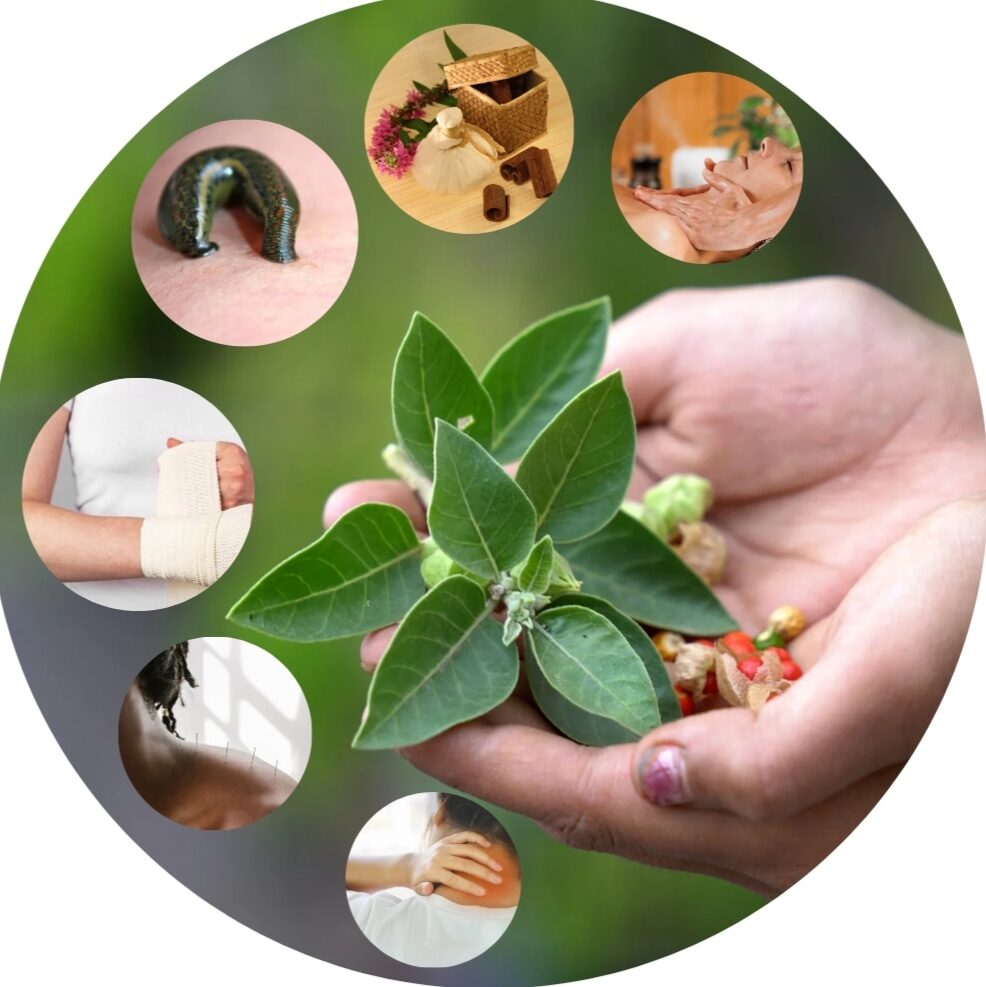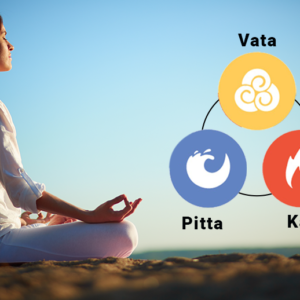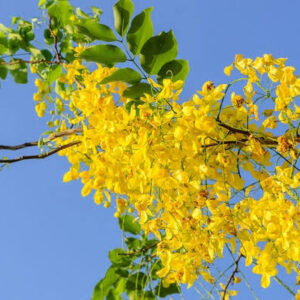Table of Contents
- What Is Ayurvedic Foot Massage (Padabhyanga)?
- Why Is Kansa Foot Massage Special?
- Foot Massage in Modern Science (Allopathy)
- Ayurveda vs. Allopathy: A Complementary View
- Who Should Try Foot Massage?
- Why We Use Kansa
- Conclusion
- Sources & References
- Other Articles :
Foot massage is more than just a feel-good therapy—it’s a scientifically supported wellness tool with deep roots in Ayurvedic tradition and modern medical understanding. At GlobeAyush, we combine ancient knowledge with evidence-based approaches to offer holistic solutions for everyday health, and foot massage is one of our key therapies.

What Is Ayurvedic Foot Massage (Padabhyanga)?
In Ayurveda, foot massage is known as Padabhyanga, a core part of daily wellness (dinacharya). Using oils and metals like Kansa (bronze), this therapy stimulates vital energy points (marma), promotes balance in the three doshas (Vata, Pitta, Kapha), and helps draw out toxins (ama) from the body.
Bronze tools, traditionally made of copper, tin, and zinc, are believed to balance pH, improve energy flow, and stimulate reflex zones on the feet connected to various organs.
Why Is Kansa Foot Massage Special?
Kansa wand or bronze massage tools, when rubbed against the soles, often lead to a dark discoloration on the skin. Though many call this “detoxification,” the phenomenon can also be explained chemically.
Chemical Reactions Involved:
- Copper Oxidation:
Cu + O₂ → CuO(black copper oxide) - Reaction with Skin Acids:
Cu + R-COOH → Cu(R-COO)₂(copper salts from fatty acids) - Reaction with Sulfur Compounds:
Cu + H₂S → CuS(black copper sulfide)
These reactions occur due to natural sweat, oil, acidity, and environmental toxins on the skin. From an Ayurvedic perspective, this is seen as the removal of excess heat, toxins, and acid imbalance.

Foot Massage in Modern Science (Allopathy)
Foot massage is now recognized in clinical studies as a non-invasive therapy for various conditions:
| Clinical Benefit | Scientific Support |
|---|---|
| Improves sleep | Enhances melatonin and serotonin levels (Zehra et al., 2020) |
| Lowers blood pressure | Reduces sympathetic nervous activity (Eghbali-Babadi et al., 2024) |
| Boosts circulation | Enhances peripheral blood flow in diabetic patients (Kumar V. et al., 2016) |
| Reduces anxiety | Calms the nervous system (Kuriyama et al., 2016) |
| Relieves constipation | Stimulates the parasympathetic system in the elderly (Lim et al., 2022) |
Ayurveda vs. Allopathy: A Complementary View
| Aspect | Ayurveda (Padabhyanga) | Allopathy (Foot Reflexology / Massage) |
|---|---|---|
| Focus | Energy flow, marma points, dosha balance | Nerve stimulation, circulation, neurological benefits |
| Tools | Bronze/Kansa, herbal oils | Manual therapy, vibration tools |
| Explanation of Effects | Detoxification, pH correction, lymphatic drainage | Nervous system modulation, hormone regulation |
| Outcome | Restores holistic balance | Measurable clinical improvements |
Rather than opposing each other, Ayurveda and Allopathy can work together to enhance well-being. For instance, a person with high stress or diabetes can benefit from both reflexology sessions and traditional Padabhyanga.
Who Should Try Foot Massage?
Foot massage is ideal for:
- Students or professionals with mental fatigue
- Elderly individuals with poor circulation
- Patients with insomnia, stress, or constipation
- Diabetics or hypertensives (with doctor consultation)
- Anyone seeking relaxation and detoxification
Note: Always consult an Ayurvedic expert or physician before undergoing therapeutic massage, especially in cases of varicose veins, skin infection, or pregnancy.

Why We Use Kansa
We choose Kansa tools not only for their Ayurvedic significance but also for their scientific grounding:
- Copper and tin are antimicrobial, helping maintain hygiene
- The metal’s ion exchange properties support detox and balance
- Clients often experience an immediate sense of calm and lightness
We pair the massage with medicated oils, personalized according to your prakriti (body type), enhancing the therapeutic outcome.
Conclusion
Foot massage isn’t just a spa experience—it’s a powerful healing therapy. From improving sleep and circulation to reducing stress and toxins, this simple practice connects ancient Ayurvedic wisdom with today’s medical science.
Join us at GlobeAyush to experience the true potential of your feet—your body’s gateway to health.
Sources & References
- Zehra Z. et al., Holistic Nursing Practice, 2020 – PMID: 32678299
- Eghbali-Babadi M. et al., Iranian Journal of Nursing, 2024 – PMID: 39137879
- Kumar V. et al., JCDR, 2016 – PMID: 28095093
- Kuriyama H. et al., BMC Complementary Med, 2016 – PMC4807074
- Lim HJ. et al., Int J Environ Res Public Health, 2022 – PMC9105728
- Grass G. et al., FEMS Microbiol Rev, 2011 – PMID: 25961539
Other Articles :
Over view : Internal Structure of Kidney
Gait Abnormalities: Over View On Types of Gait Abnormalities
Kidney : Anatomy and Clinical Significance
100+ AYURVEDIC DRUGS ACCORDING TO BAMS NCISM SYLLABUS
Pharmacological Insights into Charakokta Dashemani: Part -1 (01 – 20 Dashemani Mahakashaya)
Pharmacological Insights into Charakokta Dashemani: Part -2 (11- 20 Dashemani Mahakashaya)
Pharmacological Insights into Charakokta Dashemani: Part -3 (21 – 30 Dashemani Mahakashaya)
Pharmacological Insights into Charakokta Dashemani: Part -4 (31- 40 Dashemani Mahakashaya)
Pharmacological Insights into Charakokta Dashemani: Part -5 (41- 50 Dashemani Mahakashaya)







This really answered my problem, thank you!